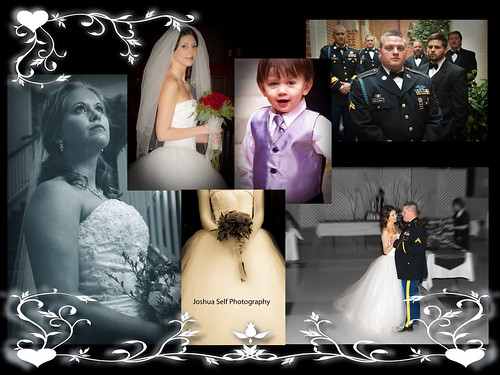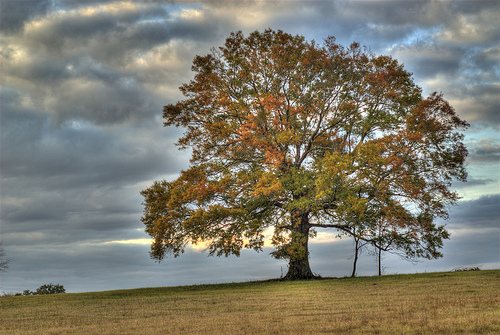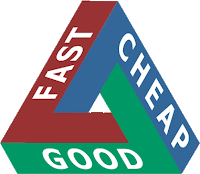 I just got my new business cards in from VistaPrint the other day so I thought I would share a few secrets with you all about business card design and use.
I just got my new business cards in from VistaPrint the other day so I thought I would share a few secrets with you all about business card design and use.Why have a business card? Everybody knows who I am and I can just give them my email or phone number if they ask...
What's wrong with this statement? This person is expecting clients to flock to him like a rock star and start begging him for his email or number like crazed teen girls. Unrealistic. People won't flock to you, especially when you are first starting out. You need to flock to THEM! That means network. Talk about your business every chance you get and then pass out a business card.
Business cards are the first investment you will make with your advertising budget. This is the first introduction that people will have to your work and talent. You will be giving these out to everyone you talk to even if they are not interested in your wedding photography. Then you can spark up a word or two about your business when you hand it to them.
Essential elements of a successful business card:
- Complete contact information - this includes: Name, title, name of business (if any), address, at least one phone number, email, and website. If there is room put a 3-4 word description of your business under the business name.
- Portfolio Image - if you're a photographer (and I assume most of you reading this blog are...), you need to have at least one of your best images on the front of your business card. The card is like your mini-portfolio that you are handing out to show people. It also would be ideal if you can find a photo with some negative space to accommodate contact info layout. (My card above is a good example as her dress is considered negative space)
- Website and email - VERY important in the year 2009! If you are not a techy type, get someone to make you a Facebook or MySpace page and put it here, but try to work toward buying a domain name and creating a simple website with your info and portfolios. The sad truth is that many potential clients won't consider you to be a professional if you don't have a domain name (.com). Read my post The Power of the Domain Name that I recently wrote on The Horse for more info about web domains.
- Thickness of the card stock (paper) - believe it or not, thicker card stock gives you more credibility. Every aspect of the card links with you and your business, so if your card is on flimsy 8 or 10pt. paper someone might think that your business ethic is flimsy...
If you hand me a flimsy card, with perforated edges, I won't even consider doing business with you.
~ Doran P: a marketing agent and printer by trade.
Introduce yourself everywhere you go with your business card. Get it in the hands of as many people as possible. Hand your card to the receptionist at the doctors office, the hostess at the restaurant, or the technician at the auto repair. These cards may find their way into the hands of a decision maker and they are certainly being put to better use than sitting on your desk at home.
The point is: get some professional looking and feeling business cards made TODAY! And start seeing the results in your advertising.


.jpg)































